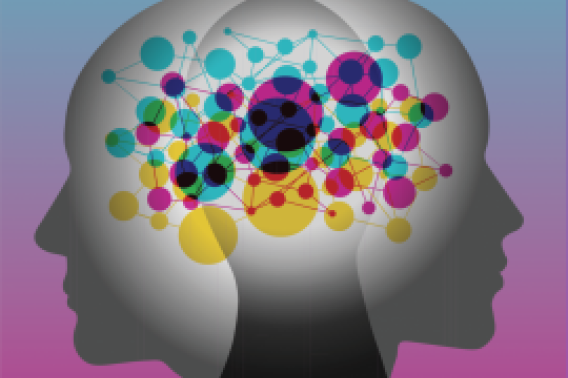The ability of an infant to distinguish caregivers from strangers is fundamental for survival early in life. Across many taxa, newborns use olfactory cues to recognize caregivers. Caregiver odors induce proximity-seeking behavior and alleviate stress in neonatal mammals, including humans. Since all altricial animals rely on parental care for survival and children with developmental disorders (e.g., fragile X syndrome and autism) often have deficits in the olfactory system, it is essential to understand the mechanisms for linking caregiver odors with affiliative behavior.




